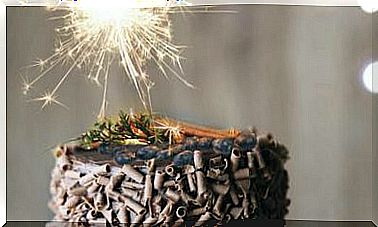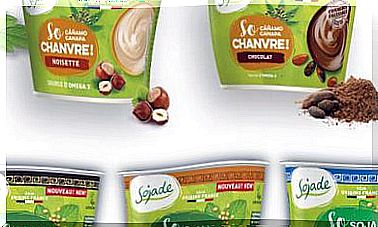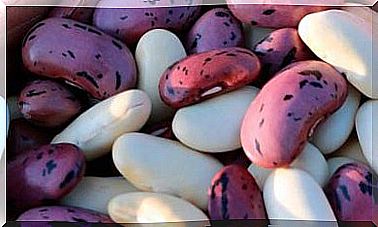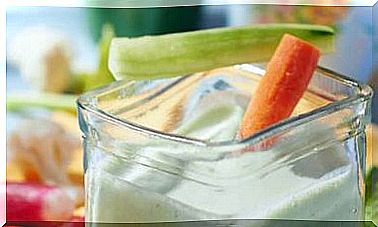The Physical Exercise Routine That Lengthens Life (and Telomeres)
German researchers have discovered that low intensity running is capable of lengthening telomeres and delaying aging.
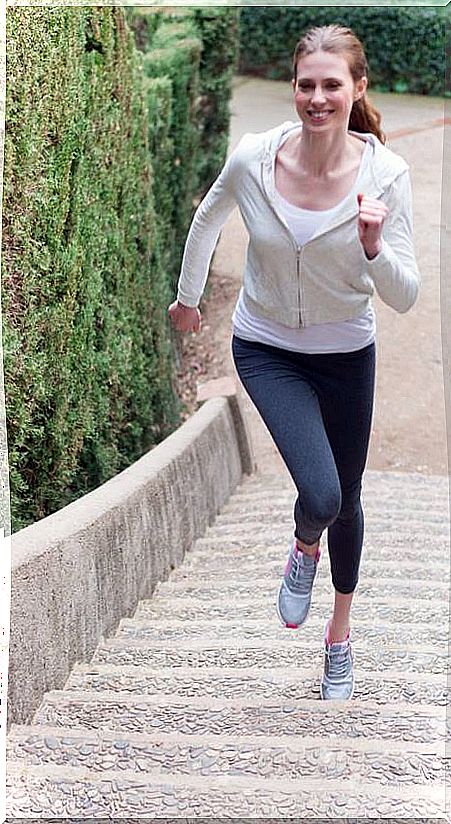
German scientists have discovered one of the possible keys why physical exercise is so beneficial for health. And they have also found the most effective type of exercise to start a mechanism that promotes general well-being and lengthens the years of life. The secret is in the telomeres.
Telomere length is one of the keys to health and longevity. Telomeres are the protective “caps” on the ends of chromosomes, the structures that within each cell contain genetic information. Every time a cell reproduces, the telomere shortens and there comes a time when it cannot do so anymore and loses the ability to divide. This is one of the reasons why tissues degenerate over the years.
So scientists are investigating how to delay telomere shortening as much as possible. Stress management and a good selection of nutritious foods and antioxidants are two known strategies. Exercise was also known to protect telomeres, but now the type of activity that works best for them has been discovered.
The best exercise to live longer: 45 minutes of moderate intensity running
Researchers at the University Clinic in Saarland (Germany) recruited 124 volunteers in Leipzig (Germany), who were not in the habit of exercising and who were thoroughly analyzed after performing different types of exercise.
The researchers, led by cardiologist Ulrich Laufs, were able to show that endurance exercises – such as long distance running – are capable of slowing down the shortening and even lengthening telomeres a bit. In contrast, strength exercises, such as weightlifting, did not produce the effect.
“The main finding of this six-month supervised, randomized and controlled study is that resistance training increases telomerase activity and telomere length, two parameters important for cellular aging, its regenerative capacity and aging healthy, “Laufs explains. Telomerase is an enzyme with the ability to regenerate and lengthen telomeres.
Participants in the study, which has been published in the European Heart Journal, were divided into four groups:
- The first control group did not perform physical exercise
- The second performed low intensity continuous running at 60% of maximum heart rate. The mean distance traveled was 7.3 km with a mean heart rate of 155 beats.
- The third did interval training with four high-intensity runs with warm-ups and cool-downs.
- The fourth performed strength exercises (a circuit of eight exercises on machines).
- In all cases, the exercise sessions lasted 45 minutes and were carried out three times a week.
Exercise with weights has no effect on telomeres
After six months, the researchers analyzed the blood samples of all the participants to determine the telomerase activity and found that it had increased and that the telomeres had lengthened up to 3.5% in the volunteers who performed the exercise of resistance training at intervals and those who ran with moderate intensity.
In a small follow-up study with 15 participants, they observed that telomerase activity rebounded after 45 minutes of continuous, low-intensity running, something that did not happen with volunteers who spent the same time lifting weights.
The nitric oxide hypothesis
Laufs and his colleagues cannot explain with certainty why exercise acts on telomerase, but they have a hypothesis. According to the researchers, aerobic endurance exercises, which require cardiorespiratory effort, cause a contraction of the blood vessels, which involves a release of nitric oxide, a molecule that, as has been shown in other studies, increases activity of telomerase.
In conclusion, if you want to live longer, you can run for 45 minutes at a moderate intensity, three days a week.
Reference
Ulrich Laufs et al. Differential effects of endurance, interval, and resistance training on telomerase activity and telomere length in a randomized, controlled study. European Heart Journal (https://academic.oup.com/eurheartj/article/40/1/34/5193508).

